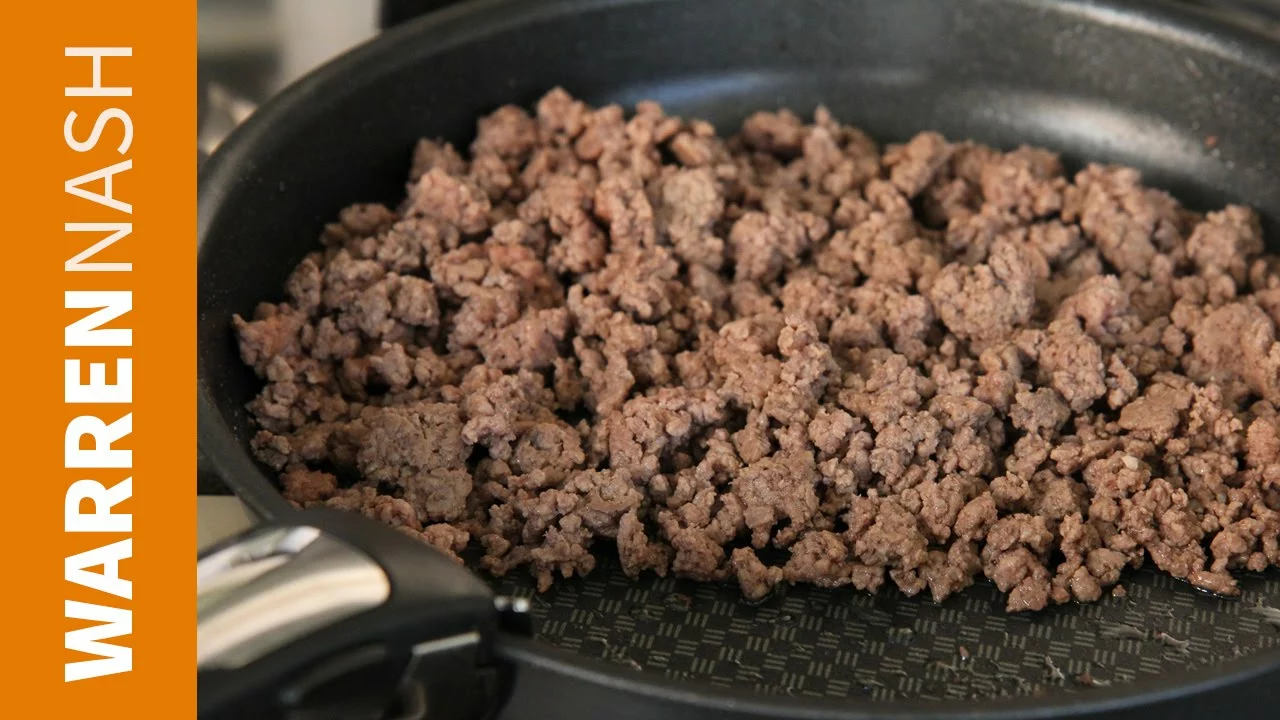Understanding the 'Juice'
As a cook, you may have often noticed how ground beef releases a lot of 'juice' while it's cooking. You might be curious about what this 'juice' really is. Well, it's mainly a combination of water and fat, which are both naturally present in the meat. When the meat is cooked, these compounds start to heat up and turn into liquid form. This is what creates the 'juice' that you see. It's a completely natural process and it's a common occurrence in many types of meat, not just ground beef.
Fat Content: A Key Contributor
The amount of 'juice' that is released can vary, and a key factor in this is the fat content of the meat. Ground beef, in particular, tends to have a higher fat content than many other types of meat. The fat within the beef begins to melt as it's cooked, and this is what contributes to the 'juice'. The more fat the meat has, the more juice it will release. This is why leaner cuts of beef, which have less fat, tend not to release as much 'juice'.
Water Content: The Other Component
Besides fat, the other major component of the 'juice' is water. Like all living creatures, animals are made up largely of water, and this includes the muscle tissue that we call meat. When this tissue is cooked, the heat causes the water within it to turn into steam. Some of this steam escapes into the air, but some of it gets trapped within the meat and forms the juice that you see.
The Role of Cooking Temperature
The temperature at which you cook the ground beef can also have an impact on how much 'juice' is released. When meat is cooked at a high temperature, it tends to release more juice. This is because the high heat causes the fat and water within the meat to turn into liquid and steam more rapidly. However, if the meat is cooked at a lower temperature, it will release less juice but take longer to cook.
How the 'Juice' Affects the Flavor
One of the reasons why the juice from ground beef is so important is because it greatly affects the flavor of the meat. The juice is packed with flavor, and as it cooks, it infuses the meat with this flavor. This is why ground beef that has been properly cooked and allowed to release its juice tends to be more flavorful and delicious. However, if the juice is drained off too quickly or not allowed to cook into the meat, it can result in a less flavorful dish.
Managing the 'Juice' While Cooking
When cooking ground beef, it's important to manage the juice correctly. If you're making a dish where the juice can be incorporated, such as a sauce or a stew, then it's best to let the juice cook into the dish. However, if you're making something like burgers or tacos, where too much juice can make the dish soggy, you might want to drain off some of the juice. Always remember, though, that the juice contains a lot of flavor, so try not to drain it off completely.
Is the 'Juice' Safe to Eat?
Many people wonder if the juice from ground beef is safe to eat. The answer is yes, as long as the meat has been properly cooked. The juice is just fat and water, and it's perfectly safe to consume. However, it's important to ensure that the meat is cooked to a safe internal temperature to kill any potential harmful bacteria. As a rule of thumb, ground beef should be cooked to an internal temperature of 160°F (71°C) to be safe to eat.
